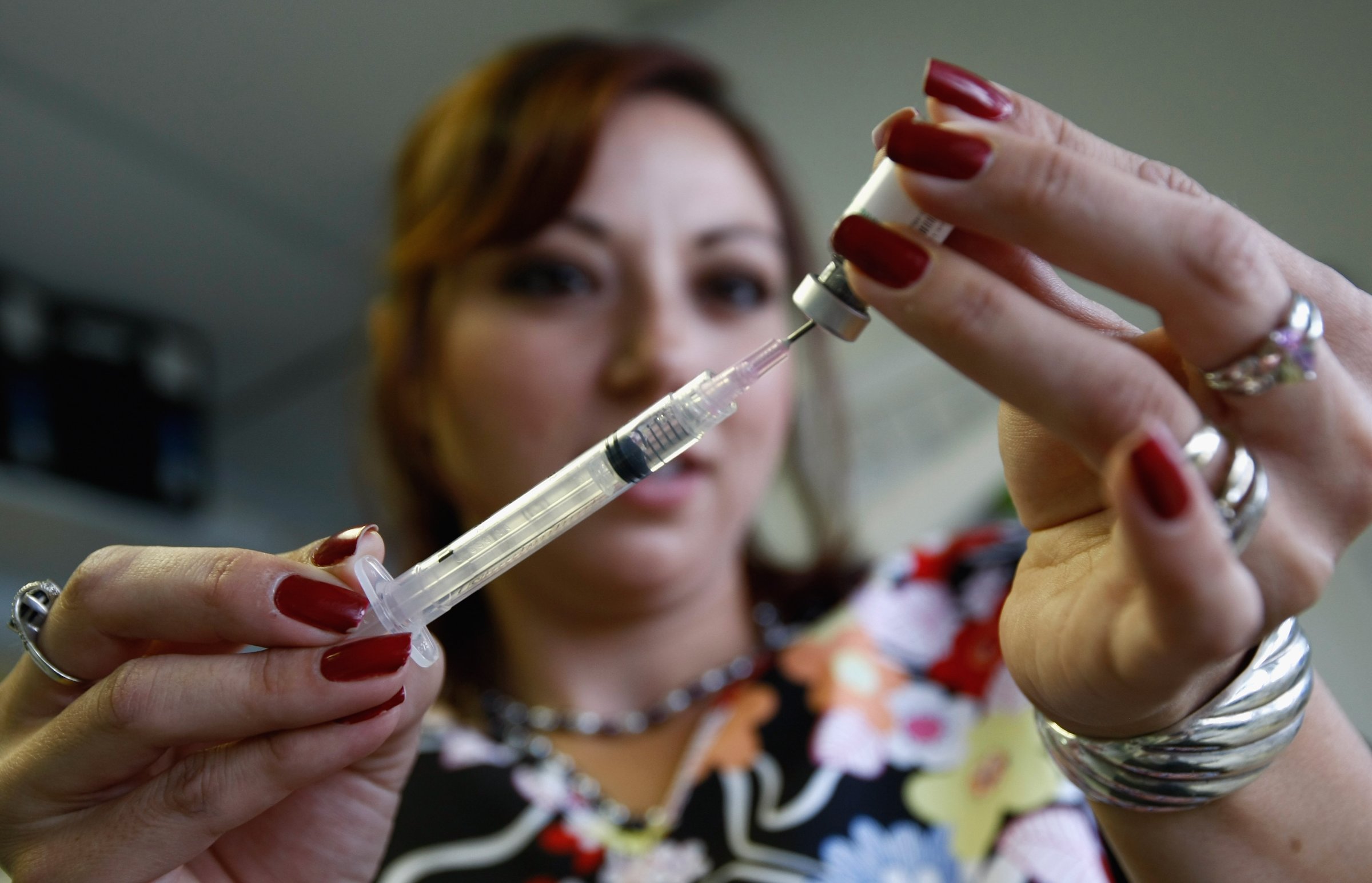
Thirty-eight years ago, a young nurse practitioner moved his family from Denver to Downieville, California, the Sierra County seat, to volunteer for the National Health Service Corps.
On my first night in town, I was hooking up the television for my children and by sheer coincidence received a fragmented radio signal through the TV receiver from the sheriff’s office: There was an emergency, and they needed medical help. I found the sheriff’s office and was whisked to the crisis—a car resting precariously on an embankment 150 feet below the road, with an unconscious person inside. I was lowered down by a tow truck cable, then secured the vehicle and started the patient on an IV. He was lifted back up on a Stokes rescue litter and taken by ambulance to the nearest hospital—in Grass Valley, 50 miles away.
What had I gotten myself into?
When I arrived in Downieville—population 500—in 1976, there was virtually no consistent primary medical care or integrated emergency medical services response to trauma and medical emergencies. An emergency like the one I’d attended depended on well-intentioned citizens getting into cars and trying to help out. No one knew what a nurse practitioner was; I lacked any credibility except what I could demonstrate or do for the ill or injured.
Luckily, I loved what I was doing from the start, and my work became our family’s story.
The National Health Service Corps (NHSC), which places health professionals in rural communities, had sent me to Downieville to open a health clinic. NHSC would pay my salary and clinical expenses for a couple years, then the operation would be taken over by the community.
I started by building the clinic’s infrastructure: buying equipment, hiring staff, developing integrated referral processes to make it easy for patients to see specialists, and creating an emergency response system. Because of Downieville’s geographic isolation, the clinic staff needed to be able to treat a wide variety of illnesses and injuries. We took classes at the UC Davis School of Medicine to fill in gaps, and I got licensed through the state to do things like dispense medication in the absence of a local pharmacy.
After the NHSC placement and funding ended, I decided to stay on in Downieville. The California State Rural Health Association funded my salary, and I wrote grants to foundations and nonprofits to build up the facility, though we still operated on a month-to-month basis.
In 2007, our peak year, the clinic offered access to a nutritionist, physical therapy, and home care, and had substantial savings in the bank. But then the recession hit, our grants started to dry up, and state funding levels dropped.
Over the past few years, Downieville has been caught up in changes for funding health clinics. Federal and state priorities have shifted from rural and frontier areas to underserved, urban population areas. When you do the math, the cost-per-patient equation will always come out in favor of a clinic in an urban area. As a result, a rural clinic must rely on the support of a larger, population-focused clinic.
In 2010, the number of patients we were seeing yearly decreased from 4-4,500 to 3-3,500, and we joined forces with a clinic in Grass Valley that sees 17,000 patients per year. Originally, the Downieville clinic was guaranteed continuing support for our 24 hour, 7 days per week medical care. But nutrition, physical therapy, and dental services were all cut. Behavioral health services are now accessed via telemedicine.
On October 1, Downieville’s medical care is scheduled to be reduced to three days per week. The integrated frontier healthcare delivery system I built over decades is being systematically dismantled; I worry that a patient will come into the clinic one day and be greeted by nothing more than an iPad.
The clinic is going to join forces with other community partners to develop an integrated 24 hour a day, seven days a week paramedic and clinic system. It won’t be ideal, but it is sustainable. And it will probably be paid for by the people it serves—with support from a western Sierra County health services fee for all landowners, increased user fees for community events, and higher ambulance fees.
Now, under the Affordable Care Act, everybody has insurance. Theoretically, this means people should have more access to healthcare. But that’s not true in Downieville. More insurance won’t help people if healthcare treatments are inconsistent or unavailable.
One of the changes expected to take place in this new healthcare landscape is more reimbursement for clinics. But such reimbursement is based on the number of people served. There are not enough patient encounters in frontier areas like ours to be sustainable without grant or government funding.
Frank Lang is a family nurse practitioner. He has a master’s degree from the University of Colorado School of Nursing and is a graduate of the University of California Davis School of Medicine Family Nurse Practitioner Program. He wrote this for Zocalo Public Square.
More Must-Reads from TIME
- Donald Trump Is TIME's 2024 Person of the Year
- Why We Chose Trump as Person of the Year
- Is Intermittent Fasting Good or Bad for You?
- The 100 Must-Read Books of 2024
- The 20 Best Christmas TV Episodes
- Column: If Optimism Feels Ridiculous Now, Try Hope
- The Future of Climate Action Is Trade Policy
- Merle Bombardieri Is Helping People Make the Baby Decision
Contact us at letters@time.com